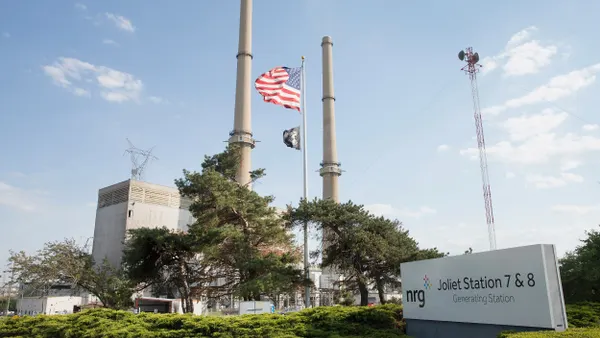Dive Brief:
- The grid operator for most of the state of Texas expects natural gas to account for about half of its electricity generation by the early 2030s, along with big gains in solar output and steady declines in coal.
- The new 2016 Long-Term System Assessment from the Electric Reliability Council of Texas (ERCOT) estimates that nearly 10 GW of coal generation will retire by 2031. Nearly all of that is expected to be replaced by solar, which is projected to grow from 3% to 17% of the capacity mix.
- The EPA's regional haze rule will have a significant influence on the fuel mix, requiring changes to 13 coal units and pushing up to 5 GW of retirements in the next five years.
Dive Insight:
Across each scenario ERCOT modeled in its latest long-term report, the same transition is clear. Coal, pushed to retirement by EPA rules and cheap natural gas, diminishes in influence while solar capacity steadily rises to replace it.
Under current trends, ERCOT estimates coal will account for less than 10% of its capacity mix by 2031. In nearly every scenario, increases in solar capacity make up for the lost coal. Additions of between 14.5 GW and 27 GW of solar capacity are projected.
The concerns in ERCOT’s recent resource adequacy studies about having enough reserves to meet unexpected spikes in demand may diminish with this new report.
The grid operator reports that plentiful generation and flattening demand should the $9,000/MWh reliability payments ERCOT has been forced to pay generators during times of heavy demand in recent years to prevent blackouts.
But the capacity mix will create more daily challenges. The reduced coal and increased solar create potential shortages in ramping capacity between 7 p.m. and 10 p.m. if energy storage is not available, the report notes — the "duck curve" problem identified in California and on other systems with high solar penetrations.
By 2031, the ERCOT system could see ramping shortages when demand peaks over 18 GW in the evening and other resources are inadequate, but such issues were not present when researchers modeled for a scenario with high energy storage and electric vehicle adoption.













